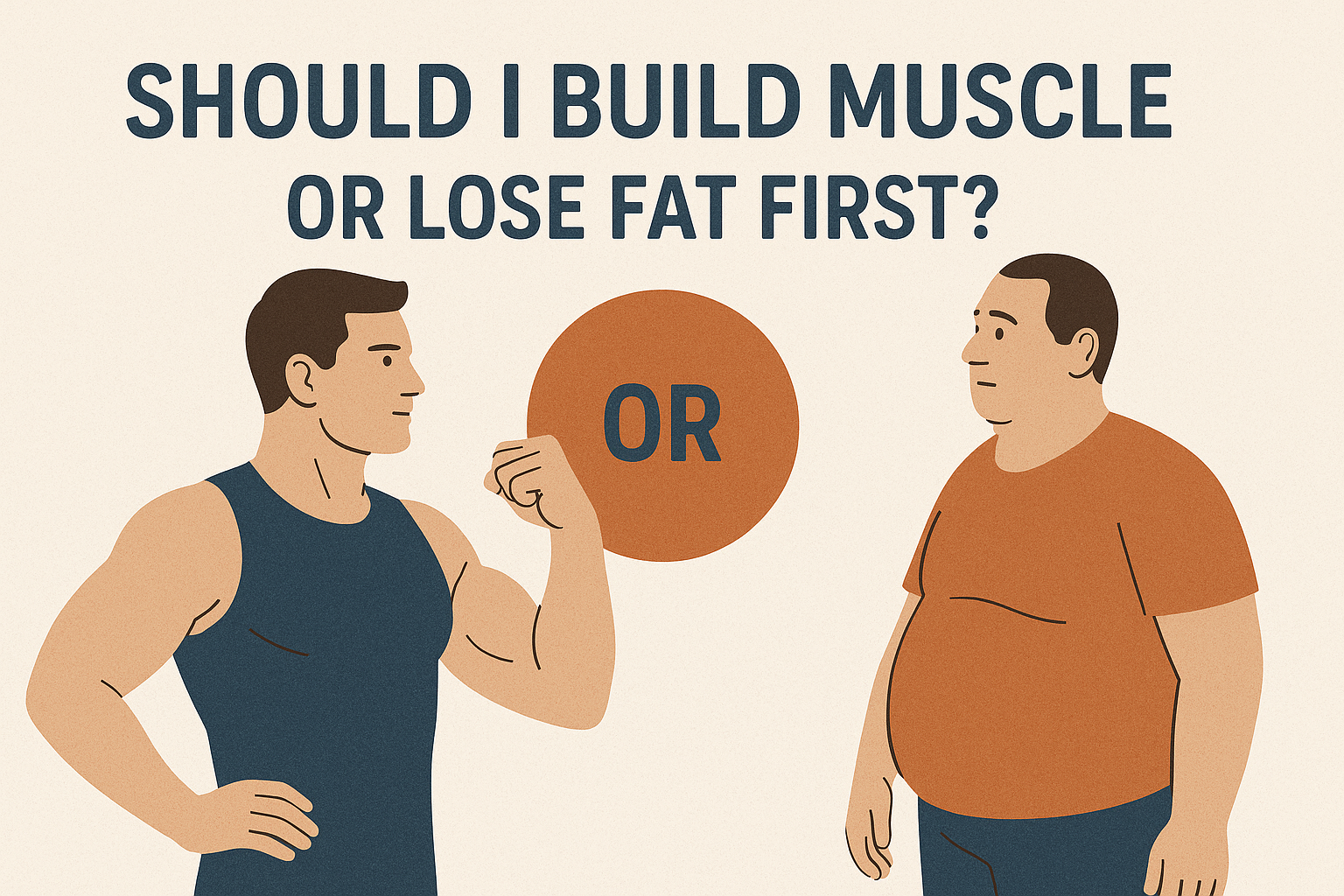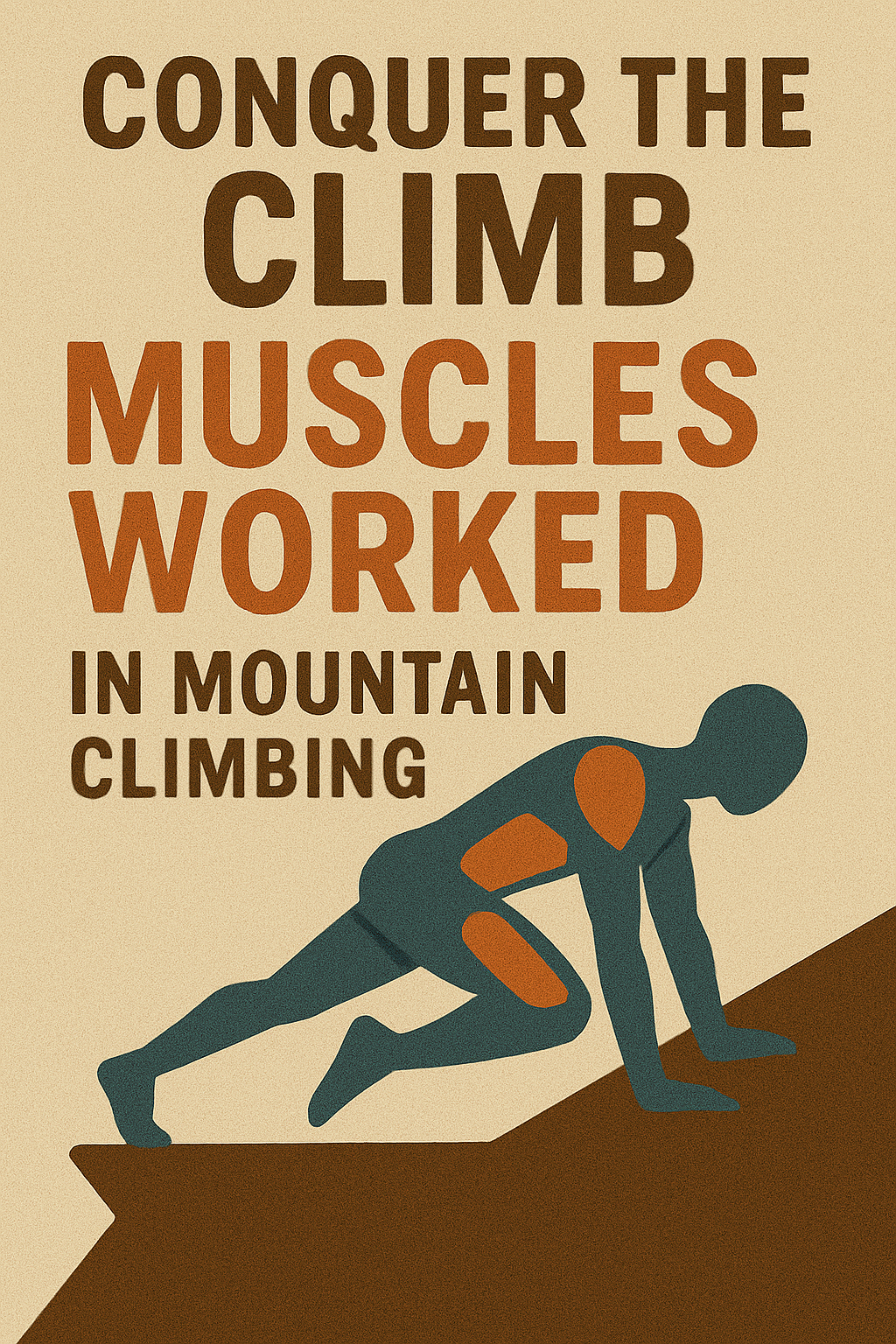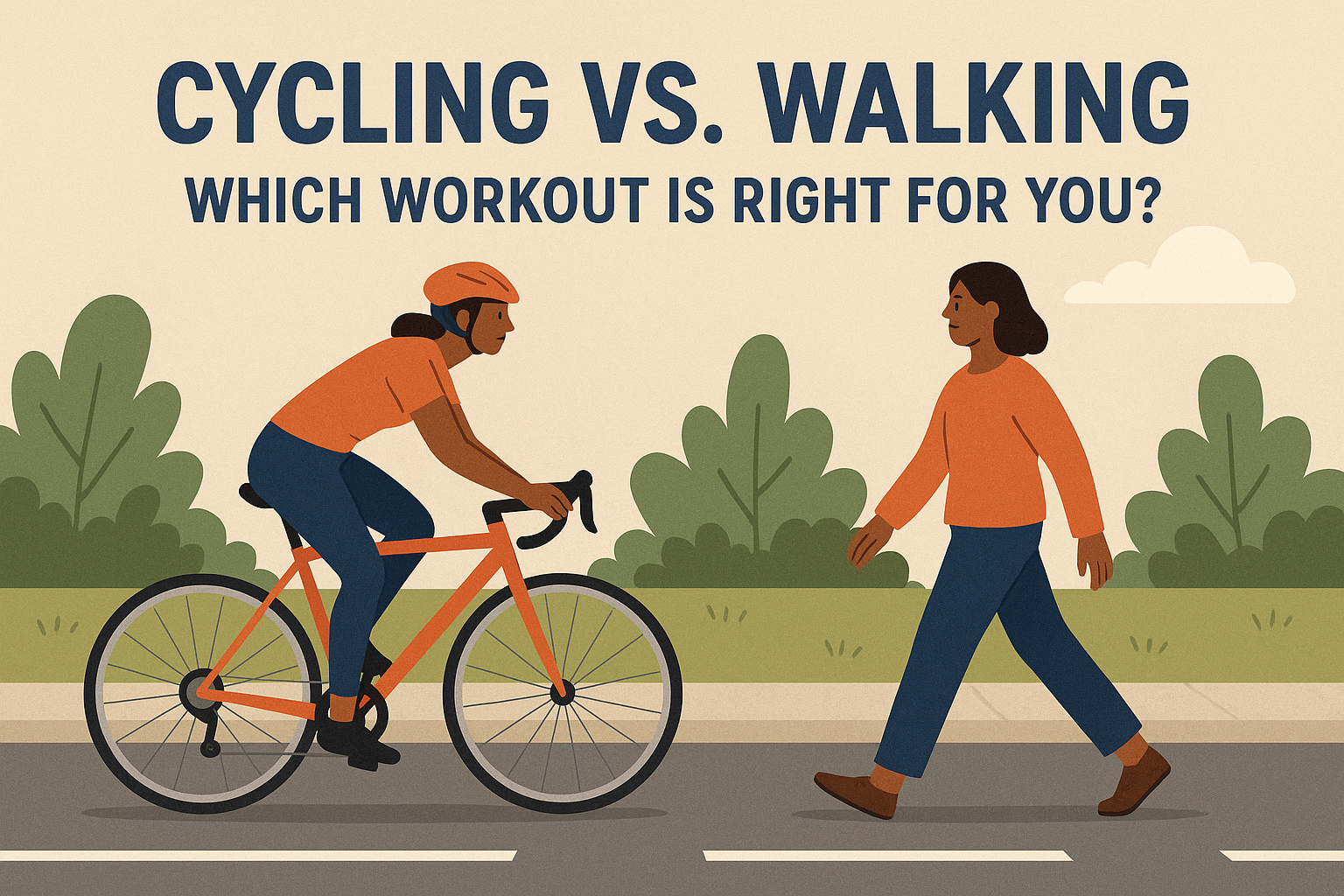Introduction
Say goodbye to slouching and hello to confident posture with these simple shoulder strengthening exercises!
Do you often find yourself slouching or hunching over, whether it’s while working at your desk, scrolling through your phone, or even just standing in line? You’re not alone. Poor posture is a common problem that affects millions of people worldwide, and it can have serious consequences for our physical and mental health.
The Role of the Shoulders in Maintaining Proper Posture
The shoulders play a crucial role in maintaining proper posture, as they are responsible for:
1. Supporting the weight of our arms: The shoulders must support the weight of our arms, which can be heavy, especially if we’re carrying bags, purses, or other objects.
2. Maintaining proper alignment: The shoulders must maintain proper alignment with the rest of our body, including our spine, hips, and legs.
3. Enabling movement and flexibility: The shoulders must enable movement and flexibility, allowing us to perform a range of daily activities, from reaching and lifting to pushing and pulling.
In this post, we’ll explore the best shoulder strengthening exercises to improve your posture and reduce the risk of shoulder pain and injury. By incorporating these exercises into your daily routine, you’ll be able to:
1. Improve your posture: Strengthening your shoulders will help you maintain proper posture, reducing the risk of back and neck pain.
2. Reduce the risk of shoulder pain and injury: Strengthening your shoulders will help you reduce the risk of shoulder pain and injury, enabling you to perform daily activities with confidence and ease.
3. Enhance your overall physical and mental health: Strengthening your shoulders will help you enhance your overall physical and mental health, enabling you to feel more confident, energetic, and empowered.
So, let’s get started! In the next section, we’ll explore the anatomy of the shoulders and how they work to maintain proper posture.
The Importance of Good Posture
Good posture is the foundation of a healthy and confident body. When we maintain good posture, we’re not only reducing our risk of back and neck pain, but we’re also improving our breathing, digestion, and overall physical and mental health.
Reduced Risk of Back and Neck Pain
Poor posture can put strain on the muscles and joints in our back and neck, leading to pain and discomfort. When we slouch or hunch over, we’re putting unnecessary pressure on our spine, which can lead to:
1. Back pain: Poor posture can lead to back pain, which can range from mild to severe.
2. Neck pain: Poor posture can also lead to neck pain, which can radiate down into the shoulders and arms.
Improved Breathing and Digestion
Good posture can also improve our breathing and digestion. When we maintain good posture, we’re:
1. Expanding our lungs: Good posture allows our lungs to expand fully, which can improve our breathing and increase oxygenation of the body.
2. Supporting our digestive system: Good posture can also support our digestive system, reducing pressure on the stomach and intestines.
Increased Confidence and Self-Esteem
Good posture can also have a profound impact on our confidence and self-esteem. When we maintain good posture, we’re:
1. Projecting confidence: Good posture can make us appear more confident and self-assured.
2. Feeling more empowered: Good posture can also make us feel more empowered and in control of our bodies.
Better Overall Physical and Mental Health
Good posture is essential for maintaining overall physical and mental health. When we maintain good posture, we’re:
1. Reducing muscle tension: Good posture can reduce muscle tension, which can lead to feelings of relaxation and calm.
2. Improving mood: Good posture can also improve our mood, reducing symptoms of anxiety and depression.
How Poor Posture Can Lead to Shoulder Pain and Injury
Poor posture can lead to shoulder pain and injury in several ways:
1. Putting strain on the shoulder muscles: Poor posture can put strain on the muscles in the shoulder, leading to fatigue and injury.
2. Compressing the shoulder joint: Poor posture can also compress the shoulder joint, leading to pain and inflammation.
3. Reducing mobility and flexibility: Poor posture can reduce mobility and flexibility in the shoulder, making it more susceptible to injury.
By understanding the importance of good posture and how poor posture can lead to shoulder pain and injury, we can take steps to maintain good posture and reduce our risk of injury. In the next section, we’ll explore the anatomy of the shoulders and how they work to maintain proper posture.
Anatomy of the Shoulders
The shoulder complex is a remarkable system of muscles, joints, and bones that work together to provide us with incredible flexibility and mobility. In this section, we’ll explore the anatomy of the shoulders, including the muscles and joints that make up the shoulder complex.
Muscles of the Shoulder Complex
The muscles of the shoulder complex can be divided into several groups:
1. Deltoids: The deltoids are the muscles that cover the shoulder joint and provide movement and stability. They are responsible for:
Abduction (lifting the arm away from the body)
Adduction (bringing the arm back towards the body)
Rotation (rotating the arm in a circular motion)
2. Rotator Cuff Muscles: The rotator cuff muscles are a group of four muscles that surround the shoulder joint and provide stability and movement. They are:
Supraspinatus: responsible for abduction and stabilization
Infraspinatus: responsible for rotation and stabilization
Teres minor: responsible for adduction and stabilization
Subscapularis: responsible for rotation and stabilization
3. Scapular Stabilizers: The scapular stabilizers are a group of muscles that attach to the scapula (shoulder blade) and provide stability and movement. They are:
Trapezius: responsible for elevation and depression of the scapula
Rhomboids: responsible for stabilization and rotation of the scapula
Levator scapulae: responsible for elevation of the scapula
Joints of the Shoulder Complex
The joints of the shoulder complex are:
1. Glenohumeral Joint (Shoulder Joint): The glenohumeral joint is a ball-and-socket joint that connects the humerus (upper arm bone) to the scapula. It provides a wide range of motion, including abduction, adduction, rotation, and circumduction.
2. Acromioclavicular Joint (AC Joint): The AC joint is a synovial joint that connects the clavicle (collarbone) to the acromion process of the scapula. It provides stability and movement to the shoulder complex.
3. Sternoclavicular Joint (SC Joint): The SC joint is a synovial joint that connects the clavicle to the sternum (breastbone). It provides stability and movement to the shoulder complex.
How the Muscles and Joints Work Together to Maintain Proper Posture
The muscles and joints of the shoulder complex work together to maintain proper posture by:
1. Providing stability and support: The muscles and joints of the shoulder complex provide stability and support to the body, allowing us to maintain proper posture.
2. Enabling movement and flexibility: The muscles and joints of the shoulder complex enable movement and flexibility, allowing us to perform a wide range of activities.
3. Regulating movement and position: The muscles and joints of the shoulder complex regulate movement and position, allowing us to maintain proper posture and avoid injury.
By understanding the anatomy of the shoulders and how the muscles and joints work together to maintain proper posture, we can better appreciate the importance of maintaining good posture and take steps to prevent injury and promote optimal health.
Shoulder Strengthening Exercises for Improved Posture
In this section, we’ll explore a range of shoulder strengthening exercises that can help improve your posture. These exercises are designed to target the muscles of the shoulder complex, including the deltoids, rotator cuff muscles, and scapular stabilizers.
1. Shoulder Rolls
Shoulder rolls are a simple yet effective exercise for loosening and strengthening the shoulder muscles.
Step-by-Step Instructions:
1. Stand or sit with your arms at your sides.
2. Roll your shoulders forward and up towards your ears.
3. Roll your shoulders backward and down, squeezing your shoulder blades together.
4. Repeat for 10-15 repetitions.
2. Scapular Squeezes
Scapular squeezes are an excellent exercise for strengthening the scapular stabilizers.
Step-by-Step Instructions:
1. Sit or stand with your arms at your sides.
2. Squeeze your shoulder blades together, holding for 5-10 seconds.
3. Release and repeat for 10-15 repetitions.
3. Wall Slides
Wall slides are a great exercise for strengthening the deltoids and improving shoulder mobility.
Step-by-Step Instructions:
1. Stand with your feet shoulder-width apart and your hands on a wall at shoulder height.
2. Slowly slide your hands up the wall, keeping your arms straight.
3. Slowly slide your hands back down to the starting position.
4. Repeat for 10-15 repetitions.
4. Arm Circles
Arm circles are a simple exercise for loosening and strengthening the shoulder muscles.
Step-by-Step Instructions:
1. Hold your arms straight out to the sides at shoulder height.
2. Make small circles with your hands for 10-15 repetitions.
3. Switch directions and repeat.
5. Shoulder Blade Squeezes
Shoulder blade squeezes are an excellent exercise for strengthening the scapular stabilizers.
Step-by-Step Instructions:
1. Sit or stand with your arms at your sides.
2. Squeeze your shoulder blades together, holding for 5-10 seconds.
3. Release and repeat for 10-15 repetitions.
6. Rowing Exercises
Rowing exercises are a great way to strengthen the muscles of the shoulder complex, including the deltoids and rotator cuff muscles.
Step-by-Step Instructions:
1. Hold a dumbbell or resistance band in each hand.
2. Bend your knees slightly and lean forward at the hips.
3. Let your arms hang straight down from your shoulders.
4. Lift the dumbbells or resistance band up towards your sides, keeping your elbows close to your body.
5. Lower the dumbbells or resistance band back down to the starting position.
6. Repeat for 10-15 repetitions.
Tips for Proper Form and Technique
1. Engage your core: Keep your core muscles engaged to support your body and maintain proper form.
2. Keep your shoulders down: Avoid scrunching your shoulders up towards your ears, as this can put unnecessary strain on your shoulders and neck.
3. Use proper form: Avoid using momentum or swinging your arms, as this can put unnecessary strain on your shoulders and joints.
4. Start slow: Begin with lighter weights and gradually increase the weight as you become stronger.
Common Mistakes to Avoid
1. Letting your shoulders slump: Avoid letting your shoulders slump or hunch over, as this can put unnecessary strain on your shoulders and neck.
2. Using too much weight: Avoid using too much weight, as this can put unnecessary strain on your shoulders and joints.
3. Not engaging your core: Avoid not engaging your core muscles, as this can put unnecessary strain on your shoulders and joints.
By incorporating these exercises into your daily routine, you’ll be able to strengthen your shoulders and improve your posture. Remember to always prioritize proper form and technique to avoid injury and get the best results.
Additional Tips for Improving Posture
In addition to the shoulder strengthening exercises we discussed earlier, there are several other tips that can help you improve your posture. In this section, we’ll explore some additional tips for improving posture.
1. Awareness of Posture Throughout the Day
One of the most important things you can do to improve your posture is to become more aware of your posture throughout the day.
Tips for Increasing Posture Awareness:
1. Set reminders: Set reminders on your phone or computer to check your posture throughout the day.
2. Use a posture app: There are several apps available that can help you track your posture and provide reminders to improve your posture.
3. Practice mindfulness: Practice mindfulness techniques, such as meditation or deep breathing, to help you become more aware of your body and your posture.
2 Stretching and Foam Rolling to Improve
Flexibility and Reduce Muscle Tension
Stretching and foam rolling can help improve flexibility and reduce muscle tension, which can help improve your posture.
Tips for Stretching and Foam Rolling:
1. Focus on the neck and shoulders: The neck and shoulders are common areas where muscle tension can build up and affect posture.
2. Use a foam roller: A foam roller can help you target specific areas of tension and improve flexibility.
3. Stretch regularly: Stretching regularly can help improve flexibility and reduce muscle tension.
3. Strengthening the Core Muscles to Improve Overall Posture
Strengthening the core muscles can help improve overall posture by providing a strong foundation for the spine.
Tips for Strengthening the Core Muscles:
1. Focus on exercises that target the transverse abdominis muscle: The transverse abdominis muscle is the deepest abdominal muscle and plays a crucial role in maintaining good posture.
2. Use exercises like planks and bridges: Planks and bridges are effective exercises for strengthening the core muscles and improving posture.
3. Engage your core muscles during daily activities: Engage your core muscles during daily activities, such as lifting or bending, to help maintain good posture.
4. Avoiding Activities that Exacerbate Poor Posture
Finally, it’s essential to avoid activities that can exacerbate poor posture.
Tips for Avoiding Activities that Exacerbate Poor Posture:
1. Avoid heavy lifting: Heavy lifting can put unnecessary strain on the muscles and joints, leading to poor posture.
2. Avoid bending or twisting: Bending or twisting can also put unnecessary strain on the muscles and joints, leading to poor posture.
3. Take regular breaks: Take regular breaks to stretch and move around, especially if you have a job that involves sitting or standing for long periods.
By following these additional tips, you can help improve your posture and reduce the risk of back and neck pain. Remember to always prioritize proper form and technique to avoid injury and get the best results.
Conclusion
As we conclude our discussion on the importance of good posture and the role of the shoulders in maintaining proper posture, it’s essential to recap the key takeaways from this post.
Recap of the Importance of Good Posture
Good posture is crucial for maintaining optimal physical and mental health. Poor posture can lead to:
1. Back and neck pain: Poor posture can put strain on the muscles and joints, leading to pain and discomfort.
2. Shoulder pain and injury: Poor posture can also lead to shoulder pain and injury, particularly in the rotator cuff muscles.
3. Reduced mobility and flexibility: Poor posture can reduce mobility and flexibility, making it more challenging to perform daily activities.
Summary of Shoulder Strengthening Exercises and Additional Tips
To improve posture and reduce the risk of shoulder pain and injury, we’ve discussed the following shoulder strengthening exercises and additional tips:
1. Shoulder rolls: A simple exercise to loosen and strengthen the shoulder muscles.
2. Scapular squeezes: An exercise to strengthen the scapular stabilizers and improve posture.
3. Wall slides: An exercise to strengthen the deltoids and improve shoulder mobility.
4. Arm circles: A simple exercise to loosen and strengthen the shoulder muscles.
5. Rowing exercises: Exercises to strengthen the muscles of the shoulder complex and improve posture.
6. Awareness of posture: Tips to increase awareness of posture throughout the day.
7. Stretching and foam rolling: Tips to improve flexibility and reduce muscle tension.
8. Strengthening the core muscles: Tips to improve overall posture by strengthening the core muscles.
9. Avoiding activities that exacerbate poor posture: Tips to avoid activities that can worsen poor posture.
Encouragement to Incorporate These Exercises and Tips into Daily Life
Incorporating these exercises and tips into your daily life can have a significant impact on your posture and overall health. Remember:
1. Start slow: Begin with gentle exercises and gradually increase the intensity.
2. Be consistent: Incorporate these exercises and tips into your daily routine.
3. Listen to your body: If you experience any pain or discomfort, stop and consult with a healthcare professional.
By taking control of your posture and incorporating these exercises and tips into your daily life, you can:
1. Improve your posture: Reduce the risk of back and neck pain, and improve your overall physical and mental health.
2. Reduce the risk of shoulder pain and injury: Strengthen the muscles of the shoulder complex and improve shoulder mobility.
3. Enhance your overall well-being: Improve your confidence, reduce stress, and enhance your overall quality of life.
Take the first step towards improving your posture and reducing the risk of shoulder pain and injury. Incorporate these exercises and tips into your daily life and start experiencing the benefits of good posture today!




